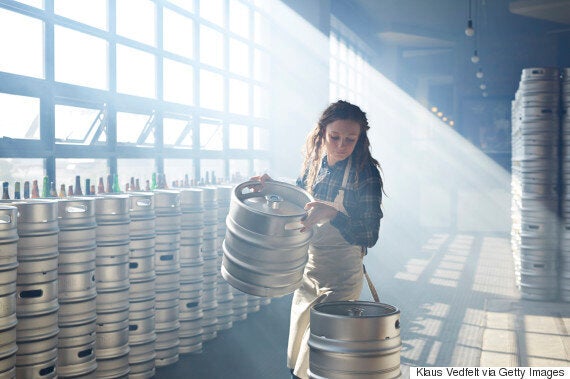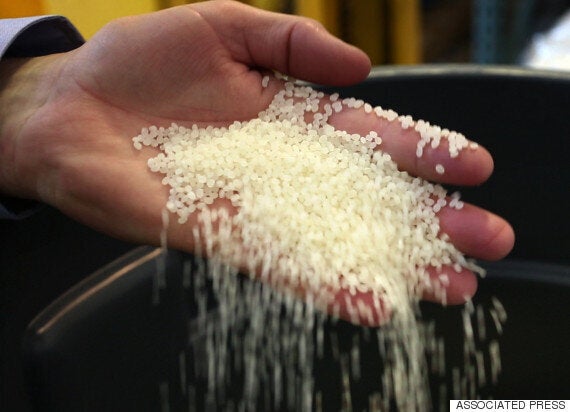Cracking a beer can is easy, but there’s a whole lot of science, craftsmanship and patience that goes into every pint.
With the runaway popularity of small batch craft beer and home-brewing, more and more people are discovering the mysteries of beer-making. So what goes into making your favourite beverage?

The basic principles of brewing are simple, but coaxing different flavours out of the brew is an art, and the possibilities are endless.
To start with, you need water, barley malt, and hops. From humble home breweries to the biggest brand beers, the process is essentially the same.
But - while the process may be similar, the choice of ingredients is crucial, and even the kind of water used has an influence.
Hops, the female flowers of the hop plant, come in a wealth of different varieties, from British Fuggles to the North American Cascade.
There are bittering and aroma hops, and you can use both, added at different times of the process to produce different flavours. The type of yeast is important too - the species used to make lager is saccharomyces pastorianus (try saying that after three pints).

First, you mlx the malted barley - along with any other grains you want to add, such as rye - with hot water to make 'wort' (the mashing stage). After a couple of hours the barley will have turned to sugars.
The sweet wort is drained off the grains in a process called ‘lautering’. Then, you wash the grains - delightfully called ‘sparging’ - gathering as much fermentable liquid as possible. Some breweries use filter frames, and others just let the grain bed do the work.
SEE ALSO:
Beer Butt Chicken - The Perfect Sunday Roast
These Are The Beers You Should Be Pairing With Food
Next, the collected sweet wort needs to be boiled for an hour, allowing the water to evaporate but retaining the sugars and other components. This is where the flavoursome hops are added - the longer they're in there, the more bitter and less hoppy the beer will be, so if you want to really taste the hops you add them later on.

Lastly, it's time for the yeast, the hungry micro-organism which metabolises the sugars to produce alcohol.
The hopped wort needs to be cooled before the yeast is added. The yeast variety, along with the amount of sugar used, dictates the strength of the beer (although through a freezing process you can crank it up to 55%, if you really want to). Some beers are clarified using gelatin, isinglass or even seaweed - others are left to be naturally cloudy.
The fermentation process, where ethanol alcohol is produced, takes at least a week and sometimes months. At last, it's put into kegs, cans or bottles and sent out into the world, destined to bring joy to discerning drinkers.
Your beer might disappear down your throat in minutes, but next time take a moment to appreciate the weeks of hard work that went into it – you’ll savour it even more.